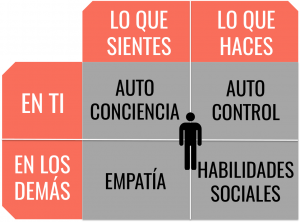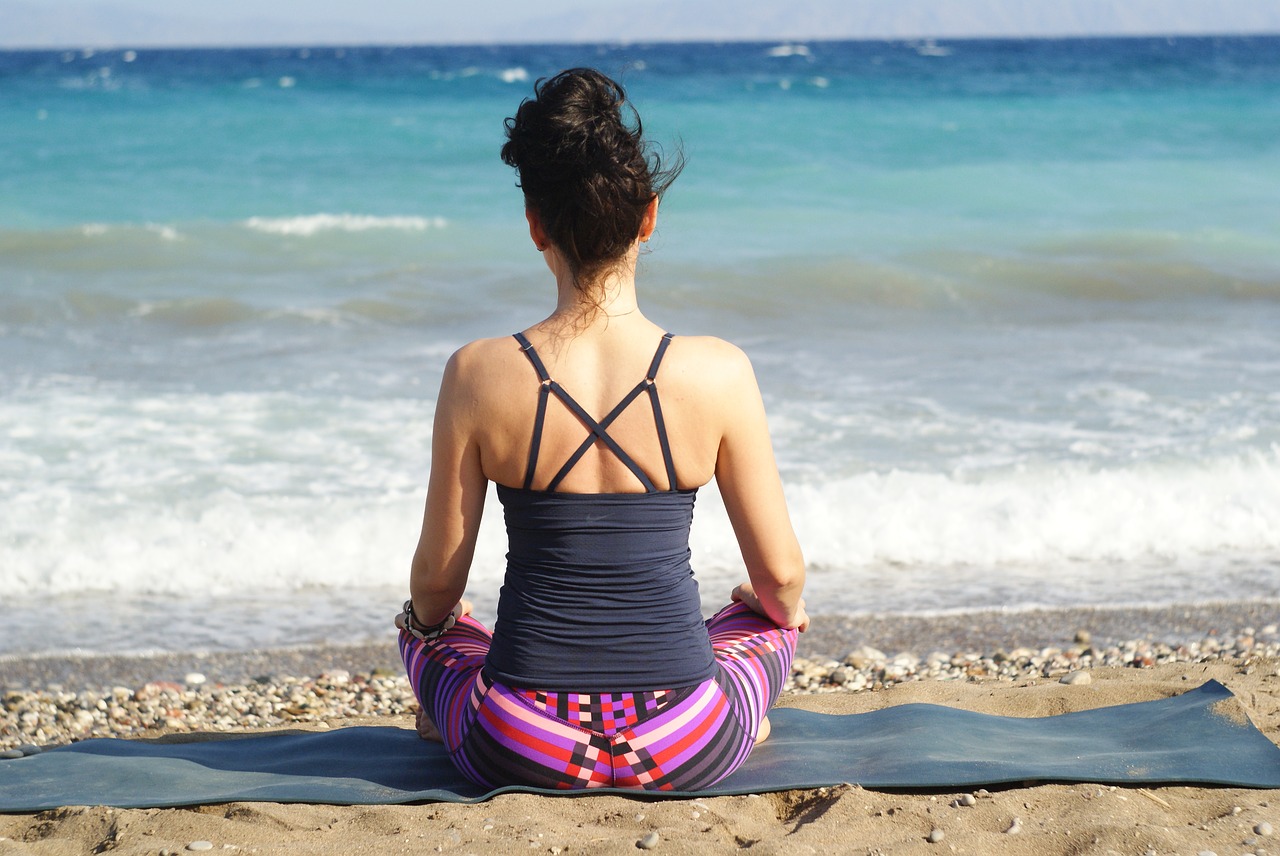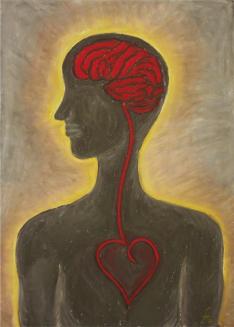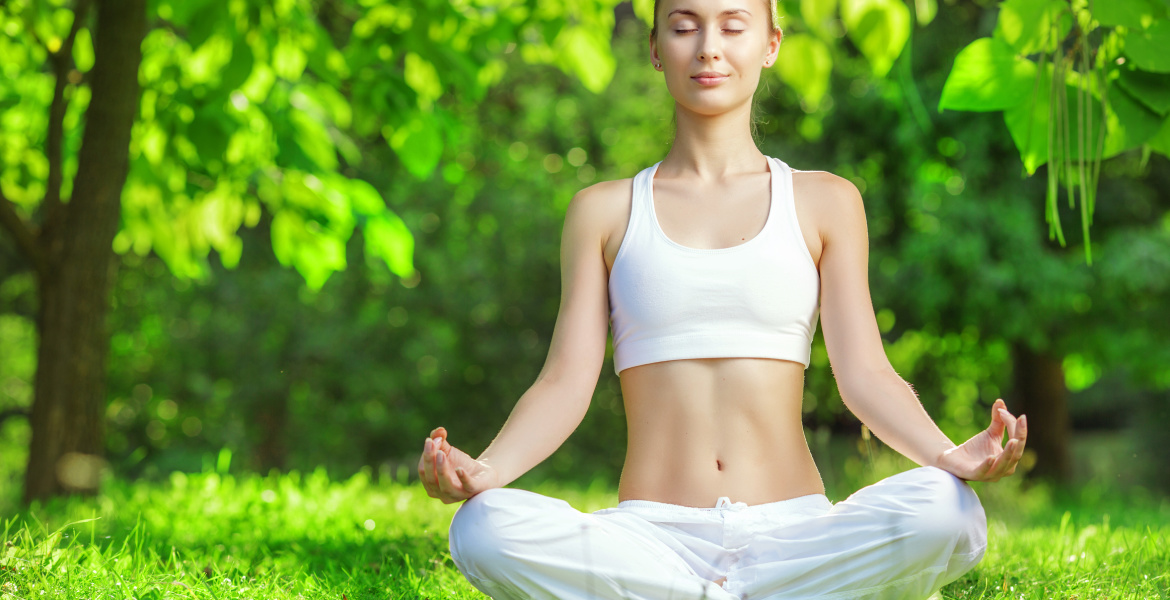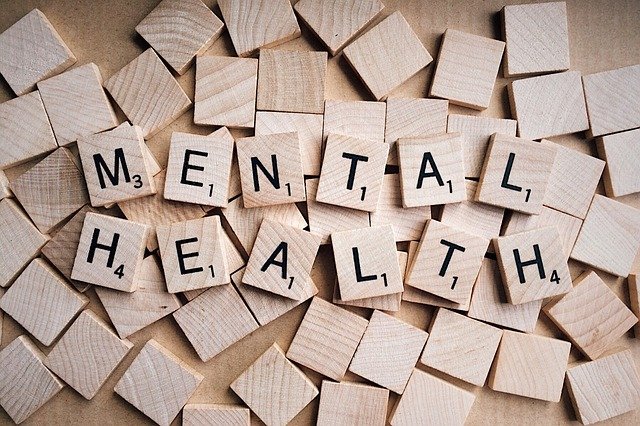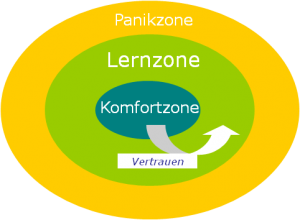Increase your emotional intelligence (Third part)
In the past two weeks you have been familiar with the self-observation. This week we'll add another aspect to this important skill.
We will continue our attention to our emotions whenever we note that there is a change in mood.
We are wondering: “How do I feel at this time?”, We define emotion as we have learned and now 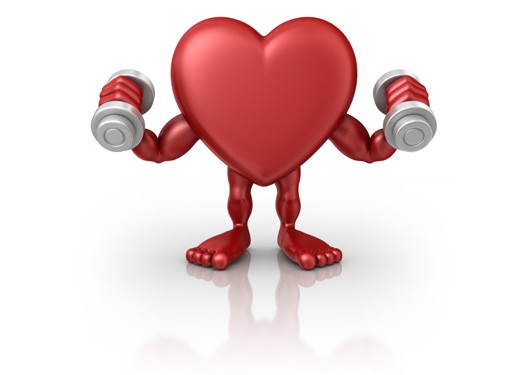 additionally we wonder: ” What part of my body I'm feeling “the emotion”?”. This is important to bring attention to different parts of the body and observe their reaction.
additionally we wonder: ” What part of my body I'm feeling “the emotion”?”. This is important to bring attention to different parts of the body and observe their reaction.
This part may initially be difficult, because we are not used to deliberately set ourselves on physical sensations. However we realize that our body physically reacts to every emotion. For now it does not need to describe the feeling, Instead of simply acknowledging the presence. Any body part can be affected by an emotion, However, certain parts of the body that react most likely, as are the head, throat, stomach, shoulders and back.

With this exercise you are going to know yourselves slowly, and knowledge is power. You are the only ones who can access that internal information and even psychologists rely on good self-observation of its clients to obtain relevant information about the person. You're going to notice that just an observation will lead to major changes in your life, because an emotion does not have the same force to act when under surveillance. This does not mean you should try to manipulate emotion, we have not yet reached this point. Attempt to intervene without developing enough skills can lead to the opposite.
If you feel trapped or notes a constant presence of negative emotions like sadness anger an fear in a high measure during the obseravation, ontact me or other professional who can help you get to know the underlying causes.
I wish you a happy week and I hope you have the benefit much exercise at all levels of your life.
Melanie Gramer







